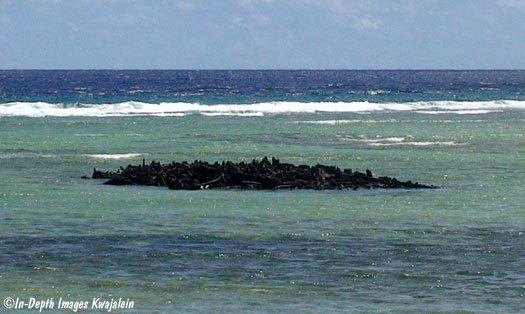
While the WWII shipwrecks in the lagoon are visibly deteriorating, it happens more slowly to fully submerged metal objects. Metal debris on the reefs can be eaten away faster. The first pile of rusty fragments below was once a barge lodged on a northern atoll reef.

Smaller pieces of steel abound on some reefs. The rusty bar and several dark-colored "mushrooms" in the two photos below are pieces of deteriorating metal.
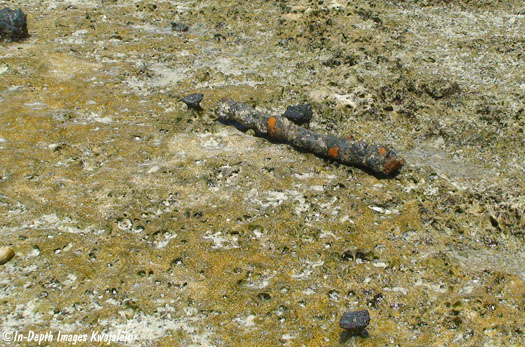
Some chunks of steel get embedded in the reef, and being harder than the calcium carbonate, wear away more slowlly. Do photos like the one below suggest the reefs are eroding?
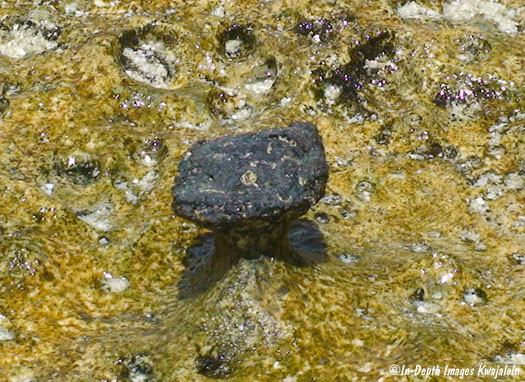
Often chunks of steel on the intertidal, like the dark black spot near mid right below, stain the downstream reef. Water in this area nearly always comes across the reef from right to left.
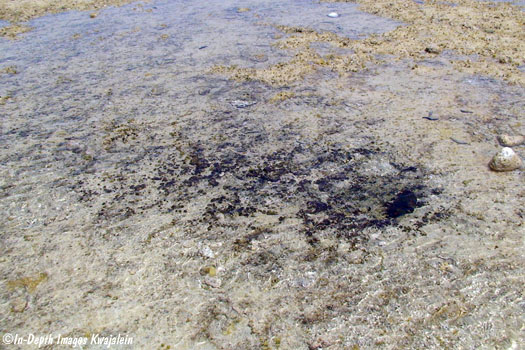
The set of wheels below is a rather incongruous sight on a tropical coral island.
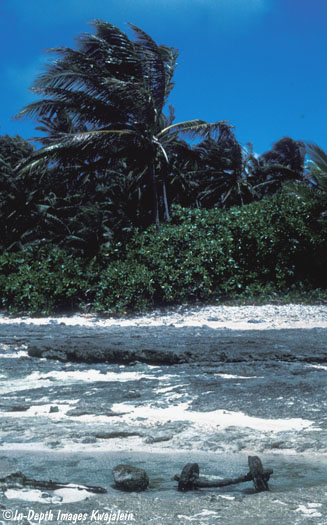
The reefs we dive occasionally sport anchors left behind some time ago. There are several on this reef on the seaward side of Gea Island, which seems an odd place for a large vessel to drop one.
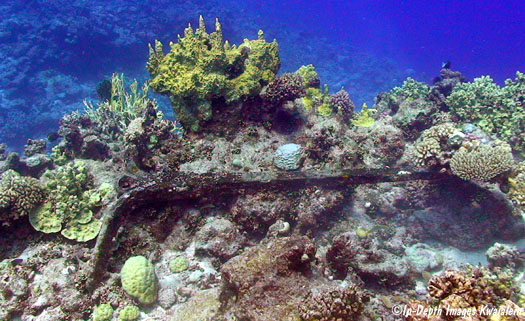
Some anchors are more recent. This is one of several surplus anchors dropped to provide mooring buoys for dive boats to tie up to, thereby saving the reef from small boat anchors. The mooring buoys did not last, leaving behind these large steel anchors staining the surrounding reefs with rust.
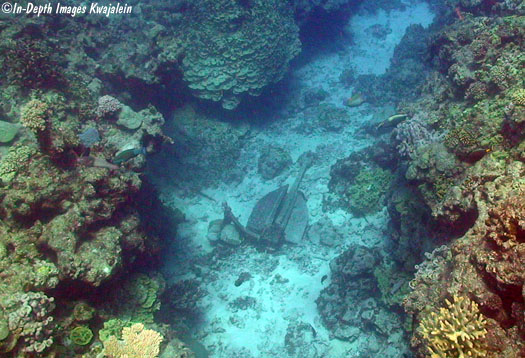
One can run across some odd things diving the reefs.
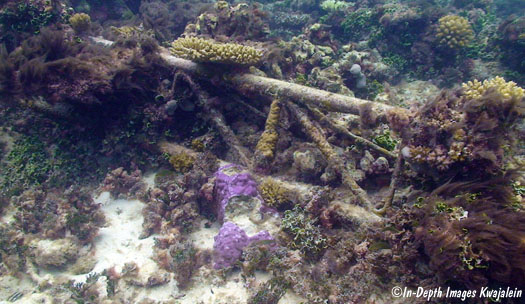
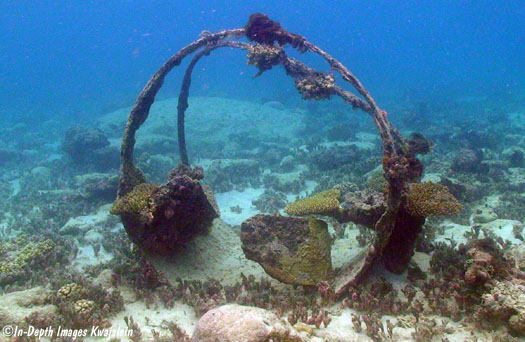
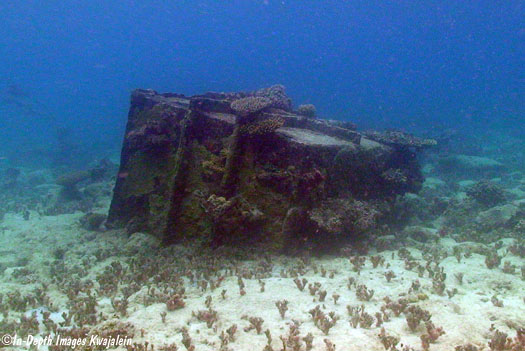
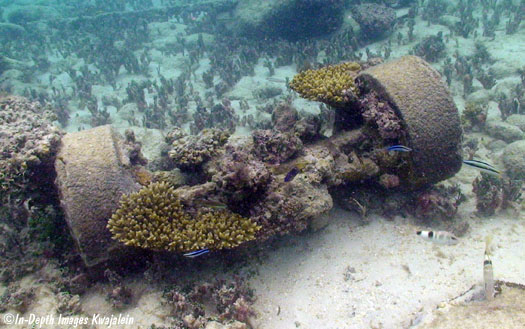
Leftover equipment that probably broke down while the reef quarries were being dredged. I guess it was too much trouble to dispose of properly.
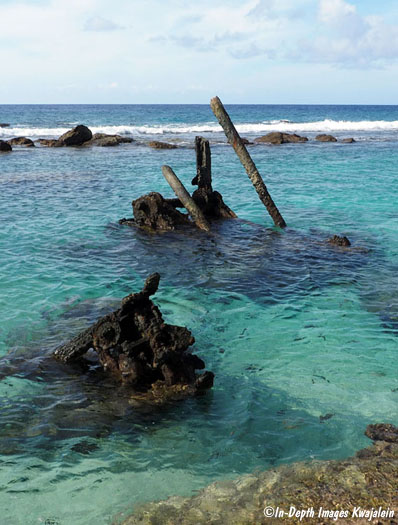
One of the earlier buoys marking K10 pinnacle sank some years ago.
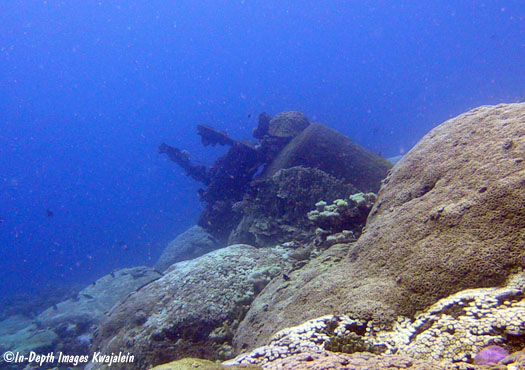
Yes, there was even a pile of small rockets on the seaward reef near Kwajalein. One hopes they were empty of fuel before being dumped.
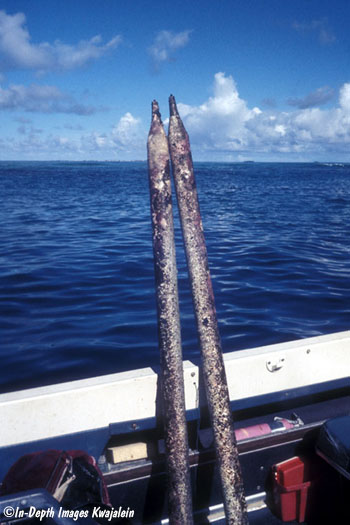
Press the Back button to return to the previous page.